
How to Use LTDC-X3: Examples, Pinouts, and Specs
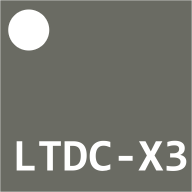
 Design with LTDC-X3 in Cirkit Designer
Design with LTDC-X3 in Cirkit DesignerIntroduction
The LTDC-X3, manufactured by ScioSense, is a low-temperature co-fired ceramic (LTCC) component specifically designed for high-frequency applications. It is widely used in RF and microwave circuits due to its compact design, high thermal stability, and excellent performance. The LTDC-X3 is ideal for applications requiring reliable operation in demanding environments, such as telecommunications, aerospace, and industrial electronics.
Explore Projects Built with LTDC-X3
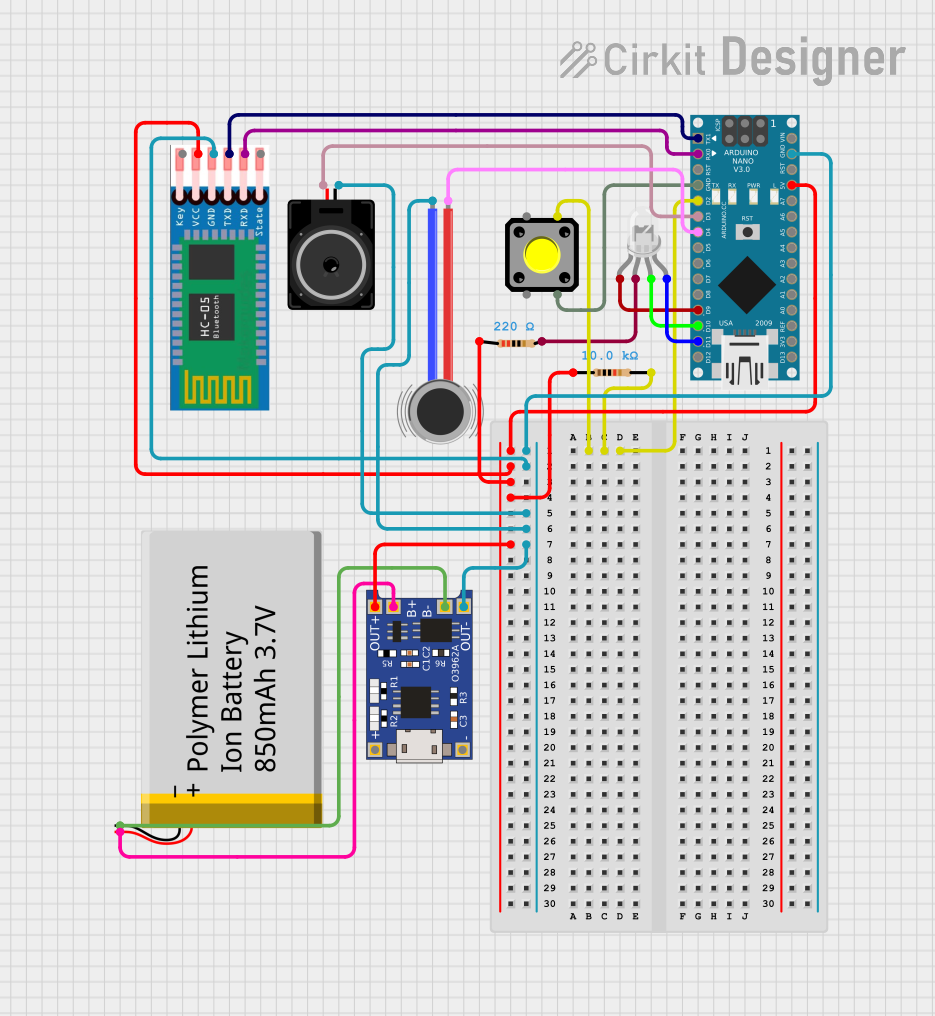
 Open Project in Cirkit Designer
Open Project in Cirkit Designer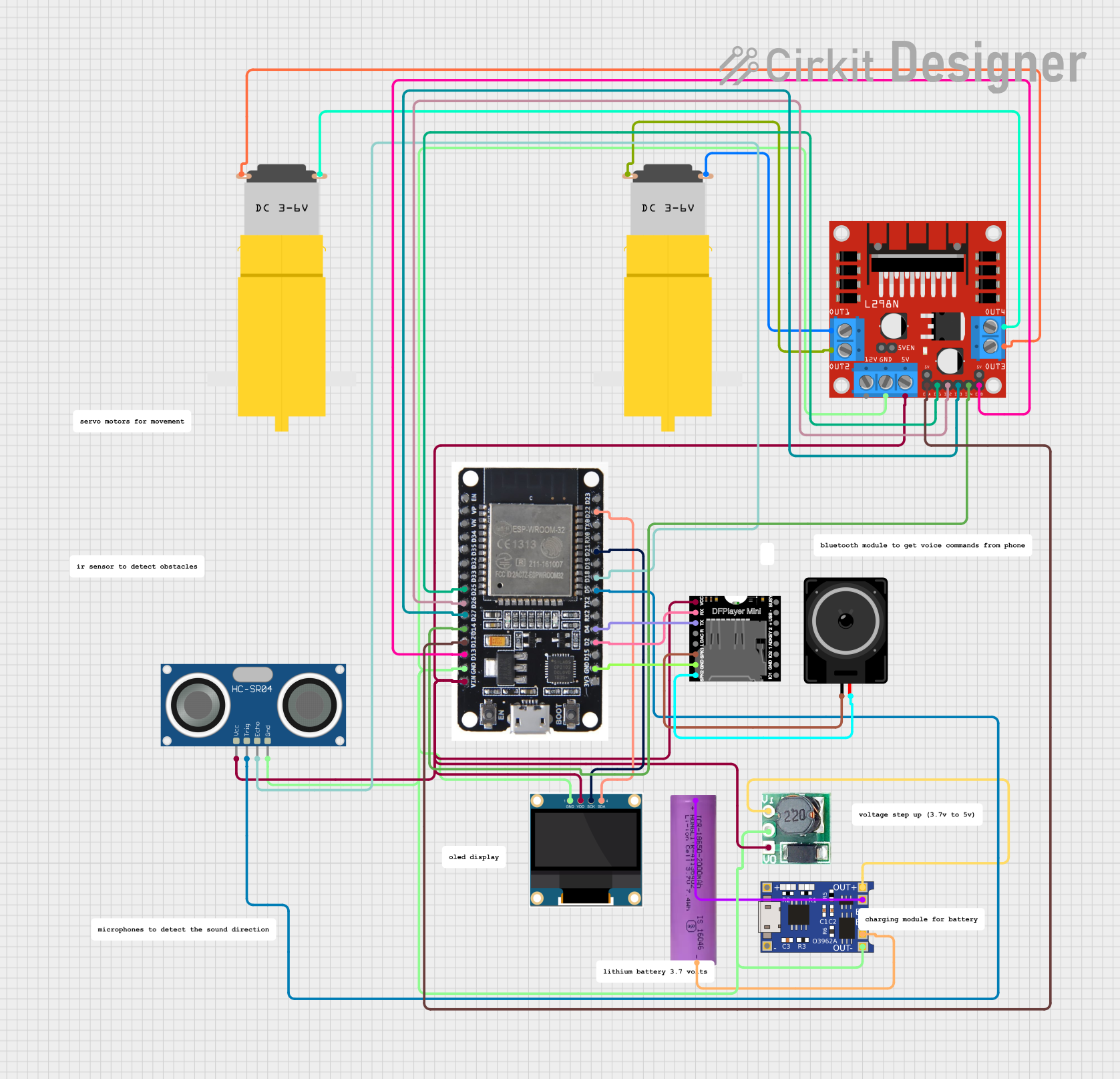
 Open Project in Cirkit Designer
Open Project in Cirkit Designer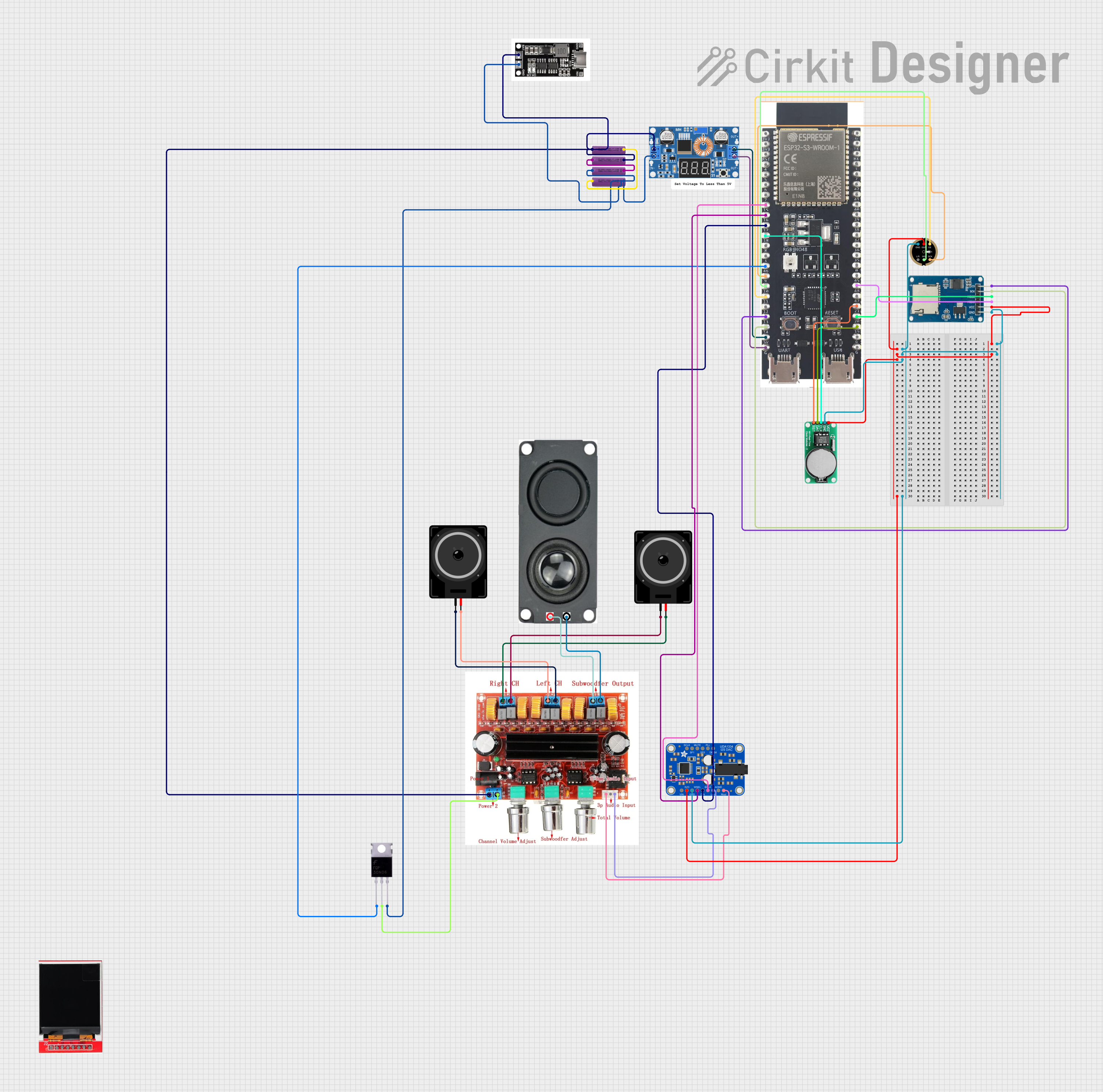
 Open Project in Cirkit Designer
Open Project in Cirkit Designer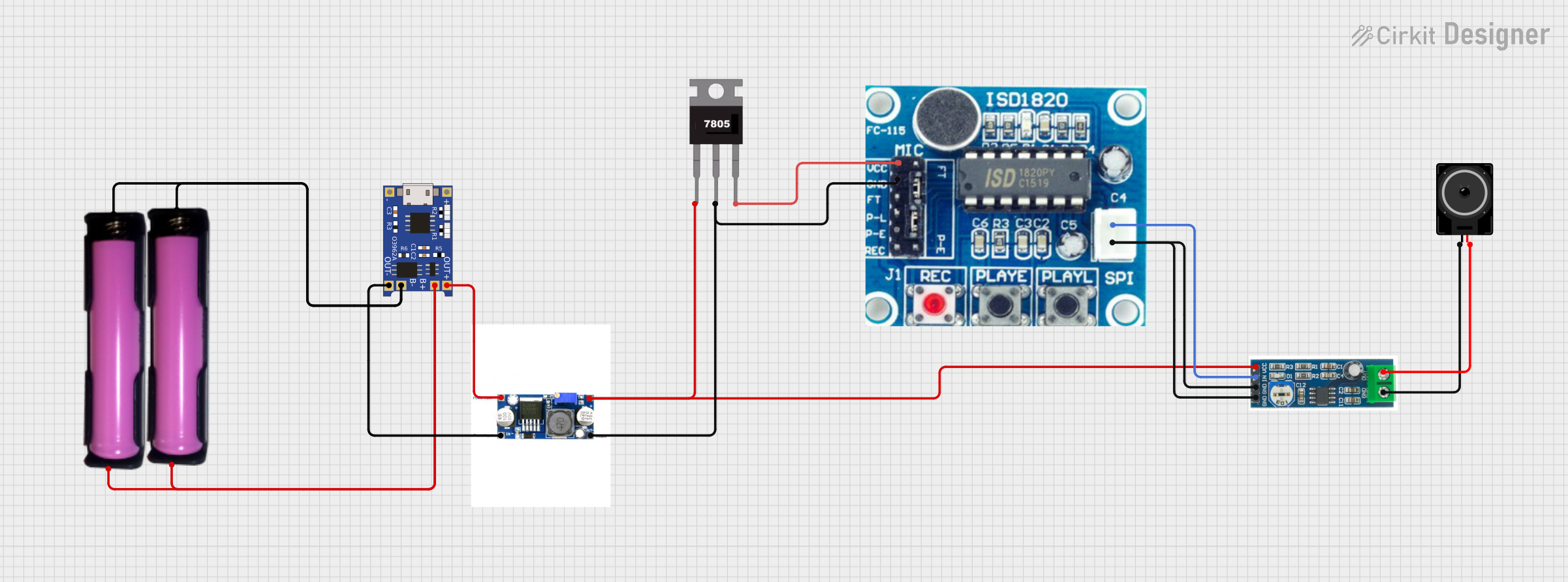
 Open Project in Cirkit Designer
Open Project in Cirkit DesignerExplore Projects Built with LTDC-X3

 Open Project in Cirkit Designer
Open Project in Cirkit Designer
 Open Project in Cirkit Designer
Open Project in Cirkit Designer
 Open Project in Cirkit Designer
Open Project in Cirkit Designer
 Open Project in Cirkit Designer
Open Project in Cirkit DesignerCommon Applications and Use Cases
- RF and microwave circuits
- Wireless communication systems
- Satellite and aerospace electronics
- High-frequency filters and resonators
- Industrial and automotive electronics
Technical Specifications
The LTDC-X3 is engineered to meet the demands of high-frequency applications. Below are its key technical specifications:
| Parameter | Value |
|---|---|
| Manufacturer Part ID | LTDC-X3 |
| Manufacturer | ScioSense |
| Material | Low-Temperature Co-Fired Ceramic (LTCC) |
| Frequency Range | Up to 10 GHz |
| Thermal Stability | ±0.1% over -40°C to +125°C |
| Dielectric Constant (εr) | 7.8 ± 0.2 |
| Loss Tangent (tan δ) | ≤ 0.001 |
| Operating Temperature | -40°C to +125°C |
| Dimensions | 2.0 mm x 1.2 mm x 0.8 mm |
| Mounting Type | Surface Mount Technology (SMT) |
Pin Configuration and Descriptions
The LTDC-X3 is a surface-mount component with the following pin configuration:
| Pin Number | Pin Name | Description |
|---|---|---|
| 1 | Input | RF signal input |
| 2 | Ground | Ground connection for stability |
| 3 | Output | RF signal output |
Usage Instructions
The LTDC-X3 is designed for seamless integration into high-frequency circuits. Follow these steps and best practices to ensure optimal performance:
How to Use the LTDC-X3 in a Circuit
- Placement: Mount the LTDC-X3 on a PCB using standard Surface Mount Technology (SMT) techniques. Ensure proper alignment with the PCB pads.
- Connections:
- Connect the Input pin to the RF signal source.
- Connect the Ground pin to the PCB ground plane for stability.
- Connect the Output pin to the desired RF circuit or load.
- Impedance Matching: Use appropriate matching networks to ensure impedance compatibility with the surrounding circuitry.
- Thermal Management: Ensure adequate thermal dissipation by designing a PCB with a proper ground plane and thermal vias.
Important Considerations and Best Practices
- Frequency Range: Verify that the operating frequency of your circuit is within the LTDC-X3's specified range (up to 10 GHz).
- Soldering: Use reflow soldering techniques with a maximum peak temperature of 260°C to avoid damaging the component.
- PCB Design: Minimize parasitic inductance and capacitance by keeping traces short and using a high-quality PCB substrate.
- Testing: Use a network analyzer to verify the performance of the LTDC-X3 in your circuit.
Example: Connecting LTDC-X3 to an Arduino UNO
While the LTDC-X3 is not directly compatible with microcontrollers like the Arduino UNO due to its high-frequency nature, it can be used in conjunction with RF modules or circuits that interface with the Arduino. Below is an example of how to use the LTDC-X3 in an RF filter circuit connected to an Arduino-controlled RF module:
// Example: Controlling an RF module with Arduino UNO
// Note: The LTDC-X3 is used in the RF filter circuit, not directly with Arduino
#include <SPI.h> // Include SPI library for RF module communication
#define RF_MODULE_CS 10 // Chip Select pin for the RF module
void setup() {
pinMode(RF_MODULE_CS, OUTPUT); // Set CS pin as output
SPI.begin(); // Initialize SPI communication
// Initialize the RF module
digitalWrite(RF_MODULE_CS, LOW); // Select the RF module
SPI.transfer(0x01); // Example command to initialize the module
digitalWrite(RF_MODULE_CS, HIGH); // Deselect the RF module
}
void loop() {
// Example: Send data via the RF module
digitalWrite(RF_MODULE_CS, LOW); // Select the RF module
SPI.transfer(0x02); // Example command to send data
digitalWrite(RF_MODULE_CS, HIGH); // Deselect the RF module
delay(1000); // Wait for 1 second
}
Troubleshooting and FAQs
Common Issues and Solutions
Issue: Poor performance at high frequencies.
- Solution: Check for impedance mismatches and ensure proper PCB layout with minimal parasitics.
Issue: Overheating during operation.
- Solution: Verify that the operating temperature is within the specified range and improve thermal dissipation on the PCB.
Issue: Signal loss or distortion.
- Solution: Ensure proper soldering and connections. Use a network analyzer to identify and resolve issues in the RF path.
FAQs
Q1: Can the LTDC-X3 be used in low-frequency applications?
A1: The LTDC-X3 is optimized for high-frequency applications (up to 10 GHz). While it may function at lower frequencies, its performance may not be ideal.
Q2: What type of PCB substrate is recommended for the LTDC-X3?
A2: Use a high-frequency PCB substrate, such as Rogers or FR4 with low loss, to ensure optimal performance.
Q3: Is the LTDC-X3 compatible with through-hole mounting?
A3: No, the LTDC-X3 is designed for Surface Mount Technology (SMT) only.
Q4: How do I test the LTDC-X3 in my circuit?
A4: Use a vector network analyzer (VNA) to measure parameters such as insertion loss, return loss, and impedance matching.
By following this documentation, you can effectively integrate the LTDC-X3 into your high-frequency designs and achieve reliable performance.